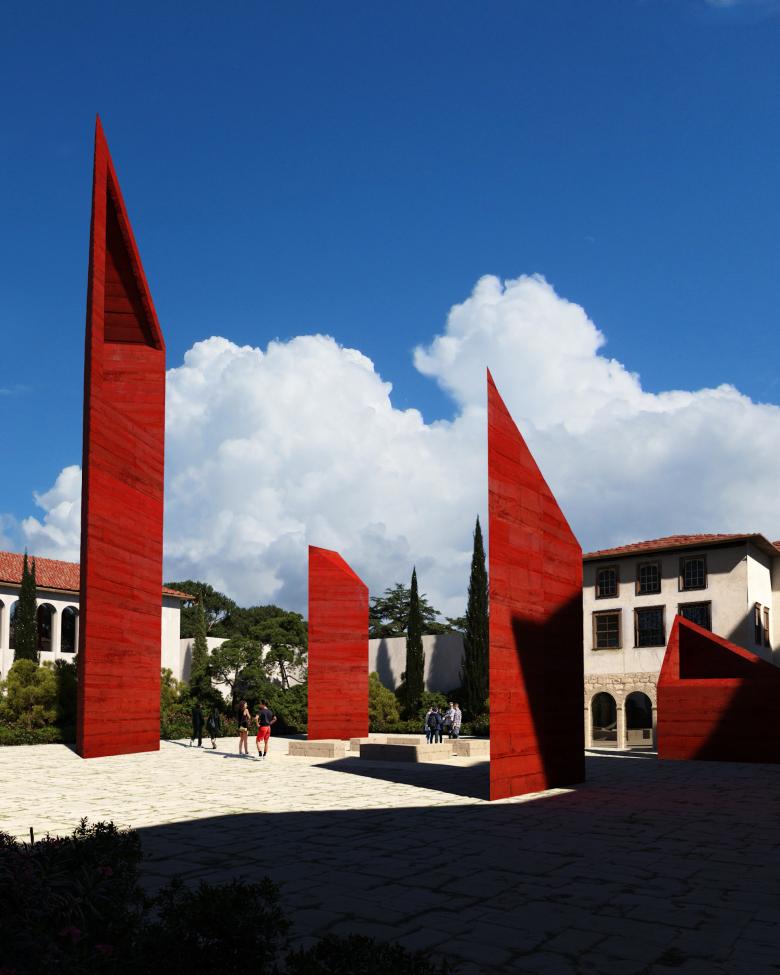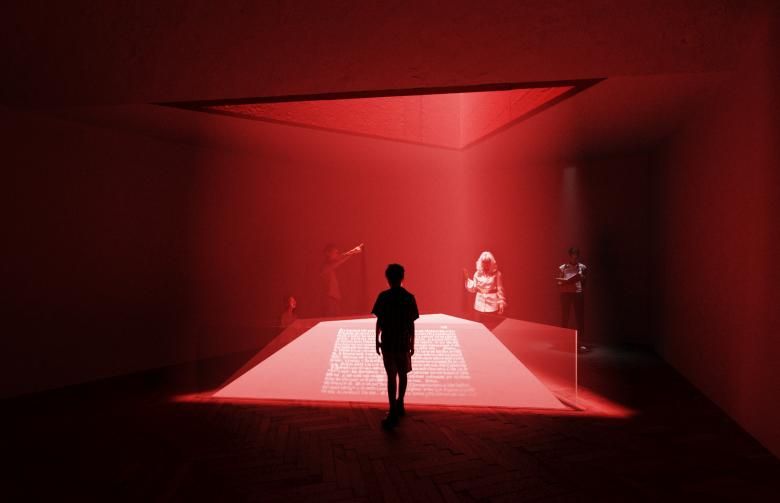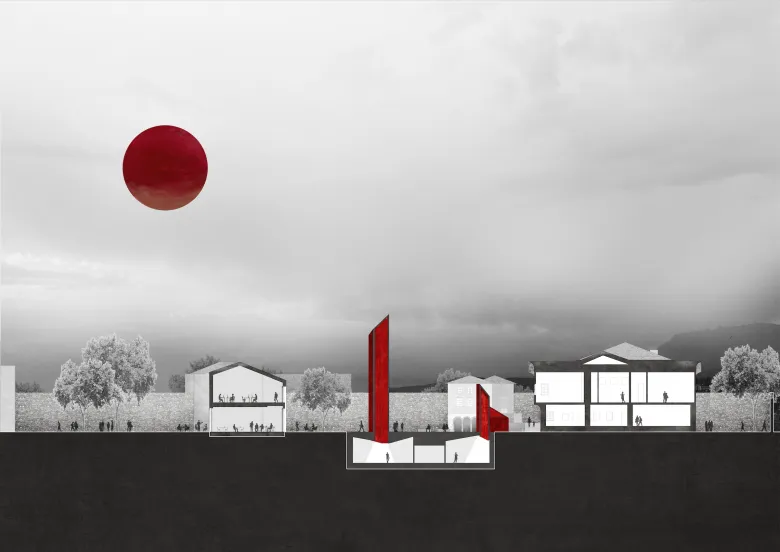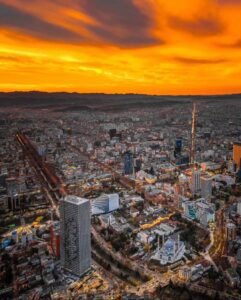The European office of Oppenheim Architecture, based in Basel, has won the competition to turn the Toptani Residence in Tirna, the capital of Albania, into the Besa Museum.


The location of the Besa Museum in Tirana, as chosen by the Ministry of Culture of Albania, is at the historical Toptani Residence, meaning the project involves preservation as well as new construction. “We want to leverage the power of the existing house,” Huessler said, “having it as a site of exhibits and an exhibit itself.” Restoration of rooms within the residence will serve to “highlight historical and current events during which Besa has guided Albania,” per the architects, including the country’s welcoming of Jews during the Holocaust and, more recently, refugees from Kosovo and Afghanistan. The restored residence will comprise the above-ground half of the museum, with the other half underground, beneath a plaza punctuated by Luis Barragan-esque red monoliths that the architects want “to draw visitors in from the surrounding city.”


In its winning submission, Oppenheim Architecture worked with a slew of specialists, including Albanologists, restoration experts, historians specializing in Ottoman and Albanian architecture and culture, and a museologist. The studio collaborated with Ralph Appelbaum Associates, the New York firm that specializes in exhibition design (recent projects of theirs include the International African American Museum in Charleston, South Carolina, and the Richard Gilder Center for Science, Education, and Innovation at the American Museum of Natural History in New York City), “to ensure that they were able to properly meet the unique requirements” of the Besa Museum. Most dramatic are the underground spaces, which are are illuminated through the new towers, as seen in the rendering above.








